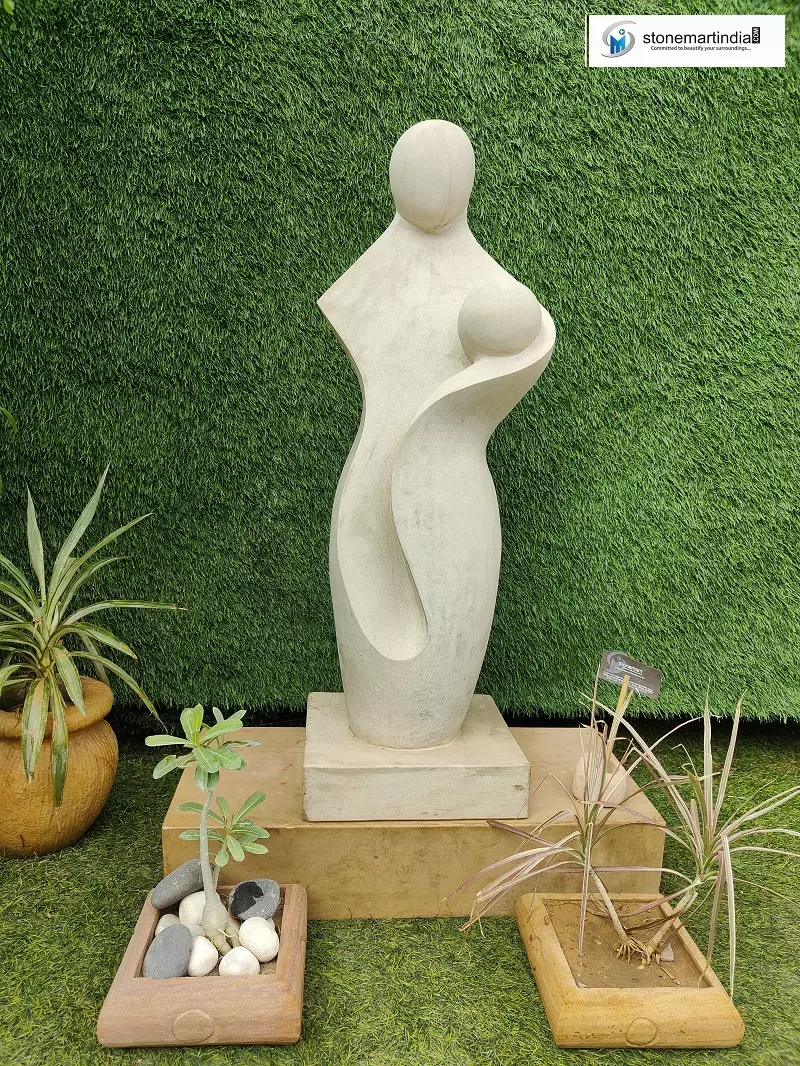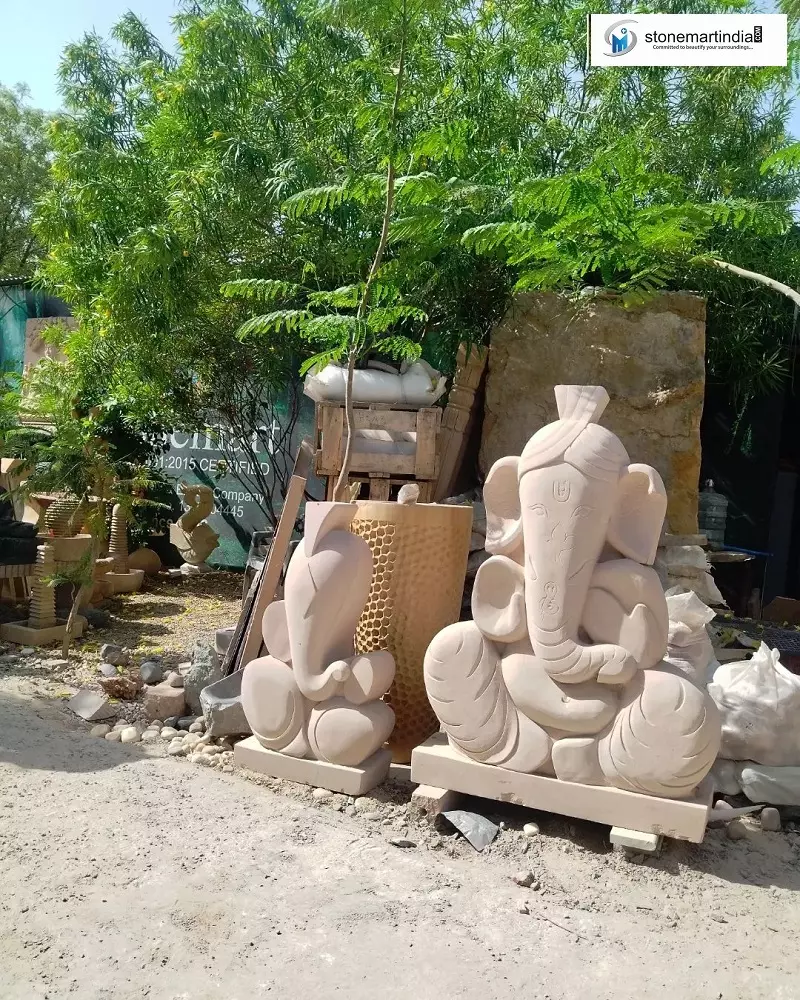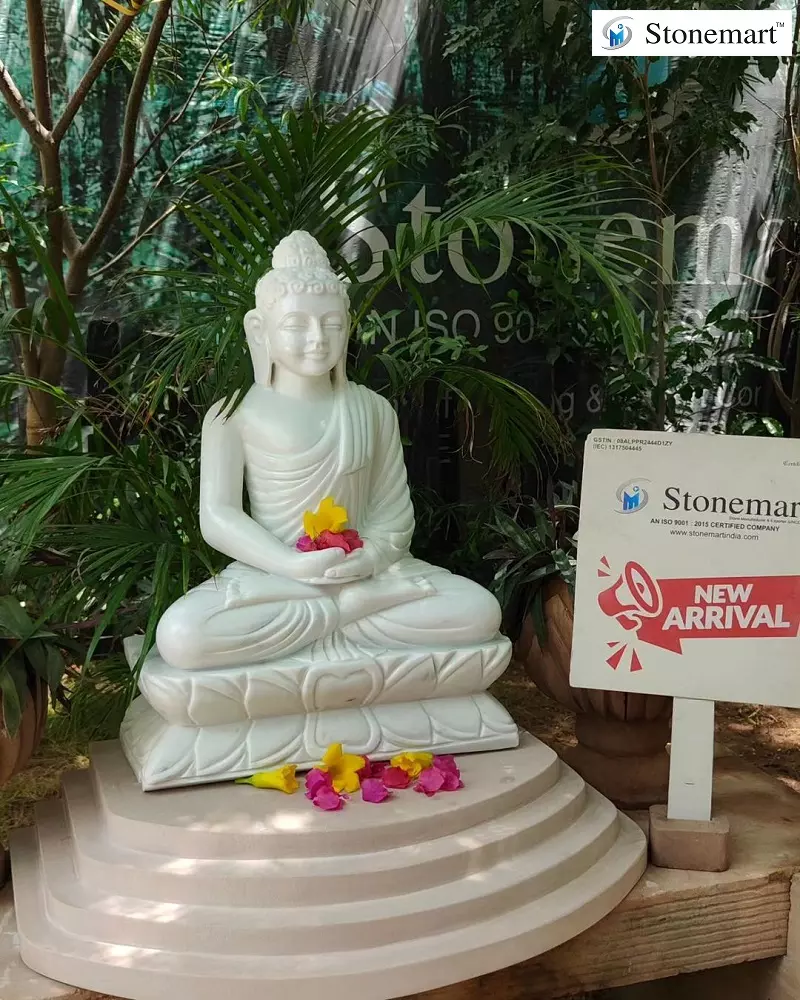Stone Sculpture: Introduction, History and Modern Art

Stone sculptures are known to transcend to their own fascinating world. It is not just a form of art but also a discipline that ought to stand the test of time in terms of both physical manifestation as well as its cultural relevance.
Stone carving is basically the process of creating a three-dimensional figure out of a single block of stone. But it is not as simple process as it sounds. It is a tireless yet meticulous process of wearing out the stone. It is an intricate dance of precision and delicacy, where every blow of the chisel has its purpose and perspective.

Just look around you. The traces of civilizations (even the ones that have perished) around the world can be studied by the significant stone structures that had been created during their times. Whether you are looking at the ancient Egyptians sculpted obelisks and the stone statues of gods and pharaohs, Parthenon in Athens, Michelangelo's David, the Great Living Temples of Chola Dynasty or even Mount Rushmore in the United States. They all speak the universal language of stone sculpture.
MUST READ: Architect’s Guide: Factors that Inspire Modern Architectural Design
The beauty and art of stone sculpture not only lies in its stability and permanence, but also in terms of its potential for genuine representation. Through a block of stone, the shilpakars/ artisans feature their ability to bring scenes and characters to life, perfectly capturing the essence of an emotion or moment for posterity. Despite its sheer solidity and tenacity, the texture of the stone can be improvised to express the delicacy of a blooming flower pattern in natural stone grandessa fountain, the raw strength of a moving animal, or the forlorn facial expressions of a fallen leader.
Stone sculpture is indeed not a relic of the past. Though our tools and techniques of stone masonry have evolved, the art of hand-carving of stone remains as pertinent as today in the form of contemporary stone sculpture as it was hundreds of years ago. The murtikars use their artistic expressions to comment and explore on our contemporary society to bring tradition into the future.

MUST READ: Reflect the Elegance of your Persona with Designer Indoor Fountains
The History of Stone Sculpture and Its Influence on Modern Art
Take a sojourn through the history of stone sculpture simply like opening a book that reveals the story of mankind. It all starts from the prehistoric times, when the humankind began to express itself through various artistic forms. Just close your eyes and imagine our ancestors hand carving the iconic Venus of Willendorf over 25,000 years ago. Indeed, it is a small female figure that is crude by the standards of today, is one of the earliest evidences of the human ability to capture the essence of life on stone through hand carved stone sculptures.
Let us move a bit forward in time, and come to lifestyle stone décor of ancient Rome and Greece, when the natural stone sculpture became a widespread medium of art expression. The concept and the practice of stone art became the pillar of the society to immortalize gods, political leaders and heroes. It not only portrayed the physical beauty but also the ideals and virtues of their time. Just think about Parthenon, whose marble sculptures still pompously reflect the ideals and grandeur of ancient Athens.
MUST READ: Living Room Ideas to Skyrocket Decor Aesthetics for the Coming Winter
Now, let us take a few strolls to the Renaissance era, with pioneers like Michelangelo taking the concept of modern abstract sculpture to new heights. He is known to work with utmost delicacy upon marble stone to bring his David to life. Just witness the palpable tension in his muscle, the glint of firm determination in his eyes, everything has been captured on the surface of the stone.

When as an architect or interior designer you take the services of natural stone sculptors to learn how to evolve and blend the traditional techniques with modern approach to technologies, you start to create something which is both surprising and evocative. The influence of natural stone sculptures can be seen not only in the artifacts kept in the museums and art galleries, but also among the home and garden décor products by keeping in mind the exterior and interior decor focused upon the lifestyle décor for luxury living.
Whether you are bringing to life a 3D style modern abstract water fountain, traditional Japanese stone lantern with a modern touch, modern abstract Ganesha sculpture full of expressive emotions or natural sandstone panel work of the Buddha, we always going to witness the fragments of human history and a tangible expression of our collective journey across the centuries. With every chisel stroke, with every immaculately carved detail, we see the reflection of who we are and how we actually evolved as a society.
